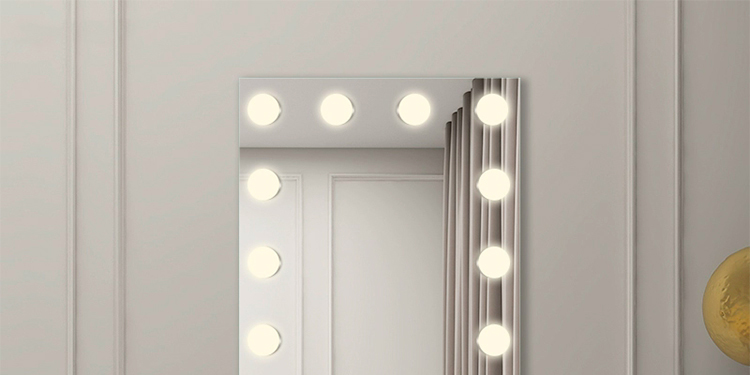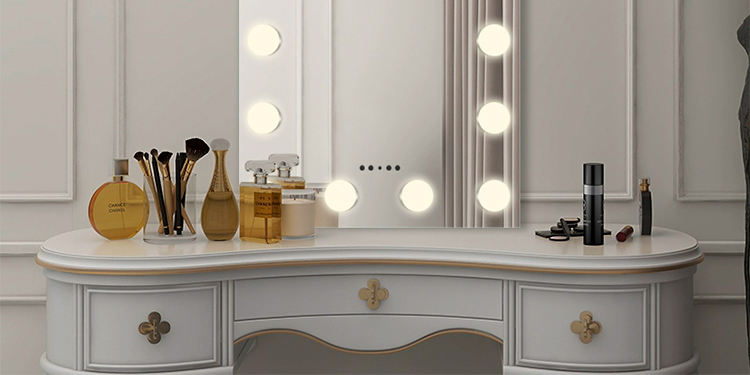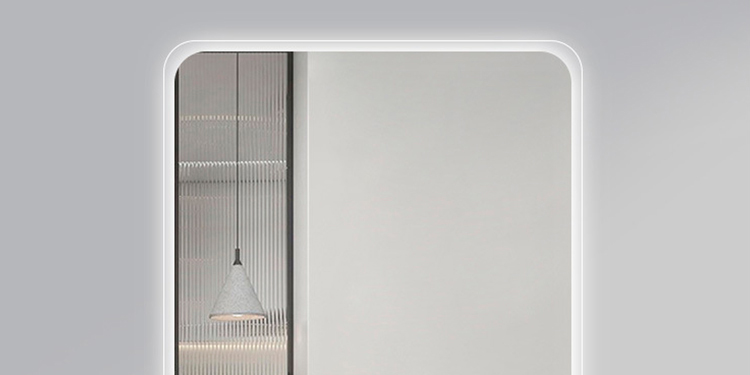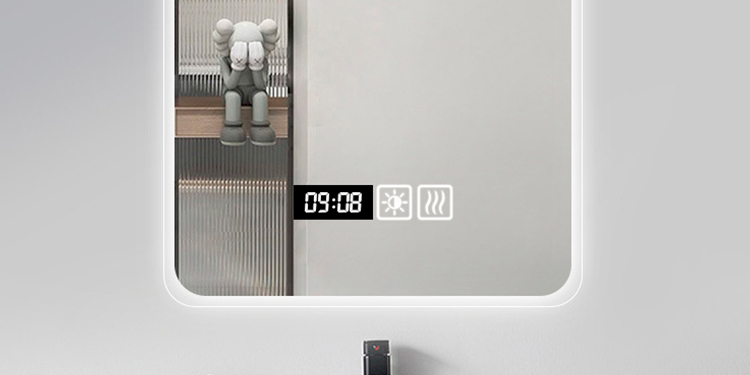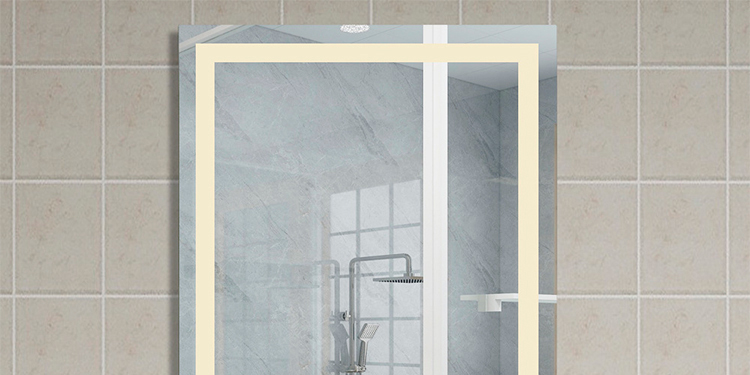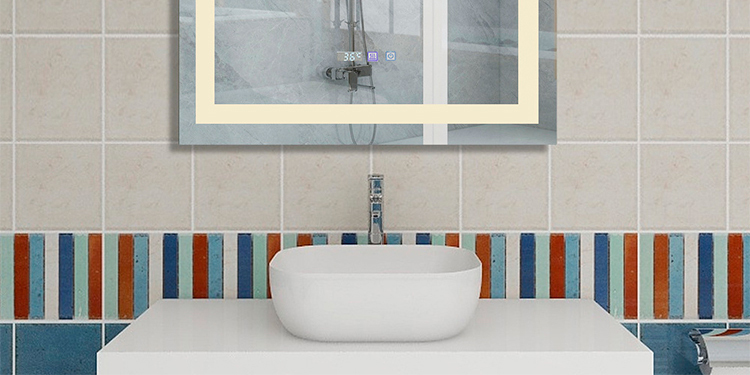Creating a clear division between wet and dry areas in a small bathroom might sound daunting, but with smart choices, it can transform both function and style. Wet-dry separation is the key to a cleaner, safer, and more organized space. One often-overlooked tool for enhancing such layouts is the frameless wall mirror. In this guide, you’ll discover how to achieve perfect wet-dry separation and maximize every inch—even in the tiniest bathrooms.
1. Why Wet-Dry Separation Matters
Small bathrooms are notorious for water splashing everywhere, leaving floors wet and making it harder to keep things clean. Separating the wet and dry zones helps:
Prevent slips and falls.
Minimize mold and water damage.
Keep towels and toiletries dry.
Make the whole room easier to maintain.
A frameless wall mirror positioned in the dry zone can visually double the space and keep the bathroom feeling airy and open.
2. Planning the Layout
Start by clearly mapping out wet and dry areas. The shower or bathtub should be positioned in the farthest corner, away from the door and storage. Use a glass divider, half-wall, or even a waterproof curtain as a physical barrier. To amplify the sense of openness, mount a frameless wall mirror across from the shower partition or above the vanity.
3. Dividers That Don’t Crowd
Glass panels are the gold standard—they block water without blocking light. If your space is really limited, even a partial glass screen can work wonders. The slim profile of a frameless wall mirror next to these dividers keeps the bathroom uncluttered and ultra-modern.
4. The Right Surfaces
Non-slip tiles and waterproof paints are non-negotiable in small bathrooms. Wall-mounted shelves and vanities keep everything above water level. A frameless wall mirror is easy to wipe clean, resists mold, and blends seamlessly with any surface.
5. Enhance Light with Mirrors
Small bathrooms need as much light as possible. Combine ceiling lights, LED strips, and natural light sources. A frameless wall mirror reflects both natural and artificial light, making even the smallest bathroom feel bigger and more luxurious.
6. Storage Solutions
Maximize dry storage with floating shelves, built-in cabinets, or niches set into the wall. Keep electronics, towels, and toiletries well away from the wet area. Place a frameless wall mirror above a floating vanity to create a sleek and functional storage hub.
7. Drainage
A linear or point drain ensures water doesn’t spill from the wet to dry zone. Slope the floor subtly to keep all water where it belongs. This also makes it easier to keep your frameless wall mirror streak-free, since less steam and splash reach it.
8. Make Use of Vertical Space
Install tall cabinets, hooks, and towel bars higher on the wall to maximize storage without taking up valuable floor area. A tall, vertical frameless wall mirror not only gives you a better view but also emphasizes the height of the room.
9. Minimalist Aesthetics
The fewer lines and borders in a small bathroom, the bigger it feels. The minimal design of a frameless wall mirror aligns perfectly with this principle. Pair with clean, simple tiles for a unified, modern look.
10. Keep Maintenance Easy
With wet-dry separation, there’s less cleaning and fewer water spots in the dry zone. A frameless wall mirror just needs a quick wipe to stay sparkling—no hard-to-reach corners for grime.
Conclusion
By combining smart layouts, quality dividers, and the expansive effect of a frameless wall mirror, you can achieve true wet-dry separation even in the smallest bathroom. The result: a space that’s stylish, functional, and always feels fresh.
READ MORE:










